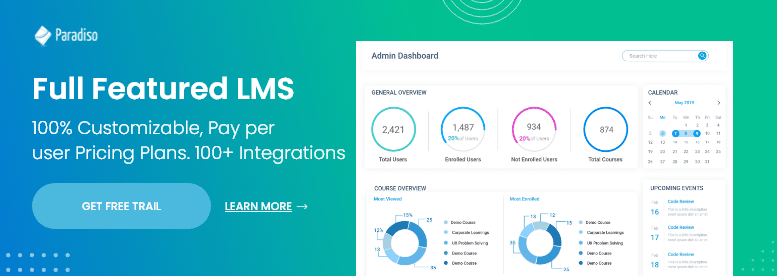Why a good RFP is game changing?
A botched RFP dilutes brand value for suppliers, causes administrative delays on your end, and wastes money and time on both sides, in addition to complicating an otherwise simple process. Are these factors taken into account when the consequences could affect both you and your potential supplier?
When you copy a learning management system RFP template from the internet (or, worse, make one up on the spot), you’re more likely to overlook why you need one in the first place. Your queries have little significance without a why, purpose, or objective, and the responses you receive have even less meaning because you have no criteria against which to compare them. Due to the ambiguity of the RFP, different suppliers interpret it differently, resulting in different and perhaps conflicting proposals.
You won’t be looking for LMS vendors on a whim if you use a thorough RFP. This would be similar to having an overgrown garden and rushing out to buy the first lawnmower you see without checking pricing, brands, reviews, or product details. A strong RFP form might mean the difference between success and failure when you’re dealing with thousands of dollars, hundreds of potential users, future succession planning, and multiple interconnected projects.
















